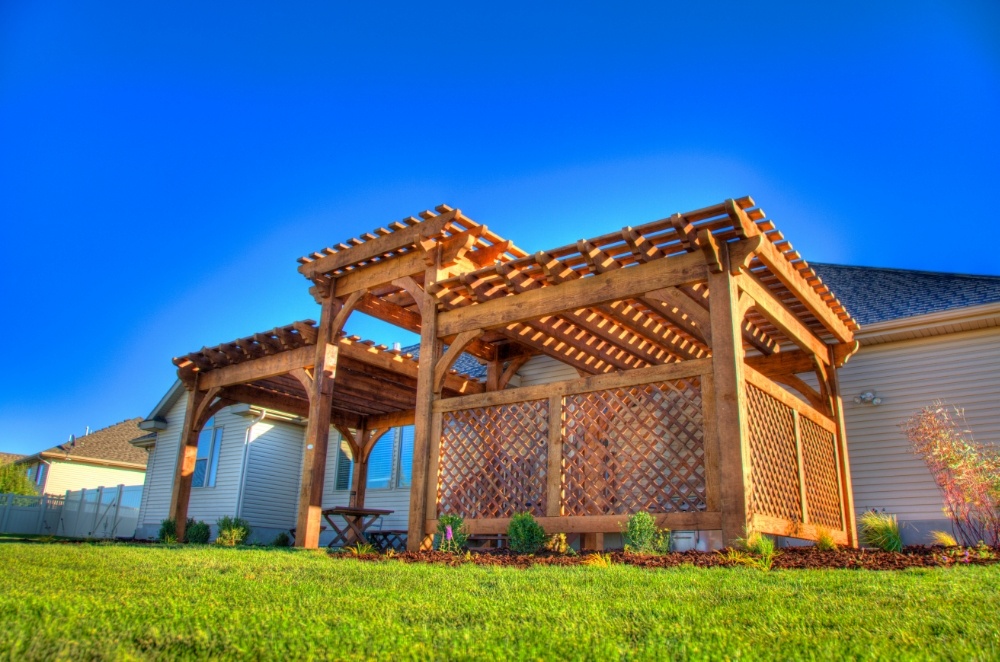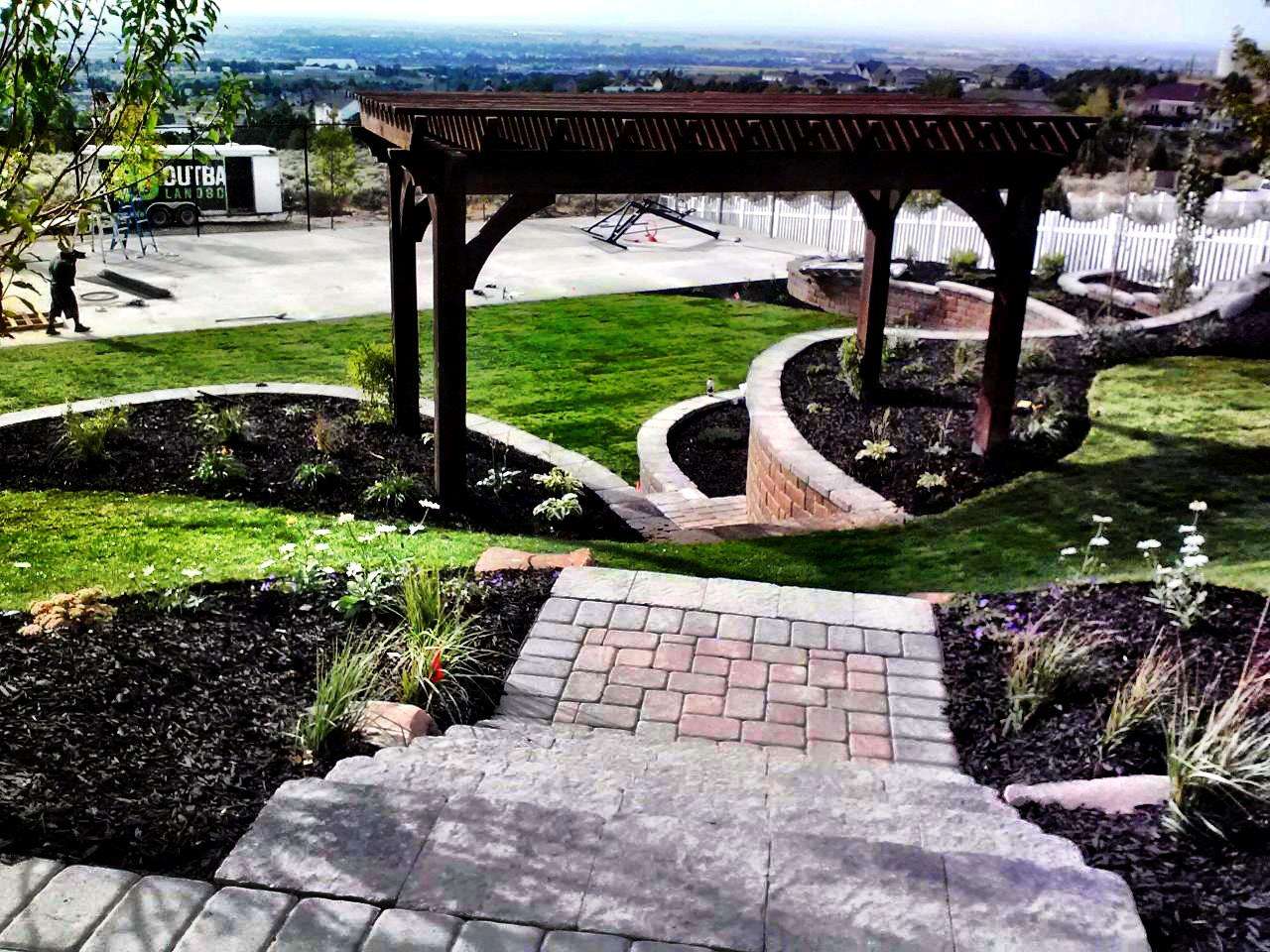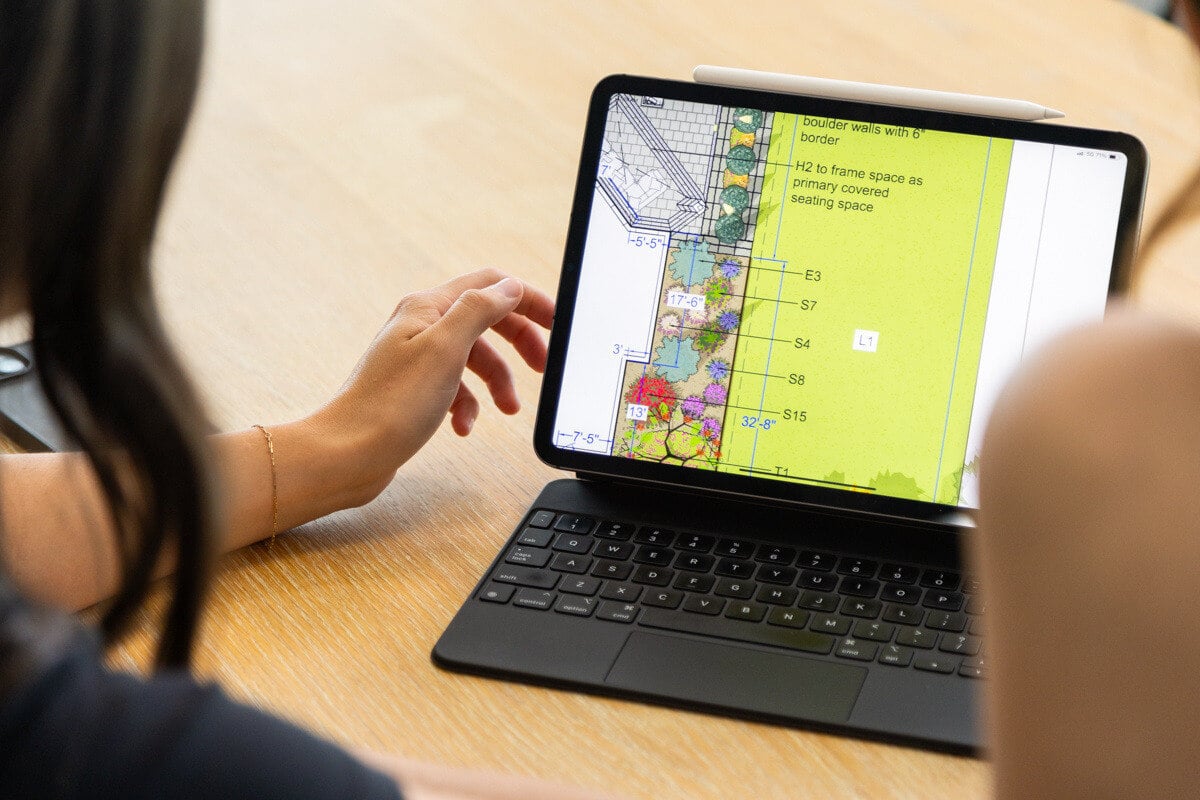Thinking about adding a pergola to your backyard, but not sure which material to choose? You’re not alone. Whether you’re after rustic charm, modern clean lines, or something in between, the right pergola material can make or break your outdoor space — and your budget.
Pergolas have been turning heads for over 3,000 years (yes, really — ancient Egyptians were rocking pergolas before it was cool). These days, homeowners typically choose between three main materials: vinyl, fiberglass, or wood.
The Outback Blog
Most professionally designed gardens consist of a series of defined areas, each set aside for a different purpose.
Using quality landscape edging accentuates each landscape area, outlining its shape and form with crisp, clean lines.
Edging can also provide direction in your landscape — leading the eye to the next garden focal point.
One of the biggest decisions you’ll make about your landscape is which hardscape material to choose for your patio and outdoor areas.
Unlike plantings and furniture, patio materials aren’t easy to change once installed — so it’s a big commitment. Many of our clients ask, “What is the best patio material for my Idaho Falls home?”
The answer? It depends on your style, budget, and how you’ll use the space. Let’s compare pavers vs. natural stone vs. concrete patios so you can decide what fits best with your landscape vision.
At Outback, we get a lot of calls from potential clients asking us about planning a design/build project. Their biggest question is: How long does it take to create a design plan?
We tell them that the actual design/build process doesn’t take as long as they think — even though it can depend on varying factors, such as the project size, grade changes, time of year, etc.
Best Types of Trees For Windbreaks
Posted by onWindbreaks are rows of trees that provide a screen or protection from the wind, as well as blowing sand or dirt. When the wind hits, a windbreak lifts the wind up and over, protecting the property.
And windbreaks can do more than just keep your hair looking good on a windy day. They can also save you as much as 25 percent on your energy bills by filtering, deflecting and slowing wind before it reaches your home. The end result is an insulated area that provides a more comfortable environment—inside and out!





